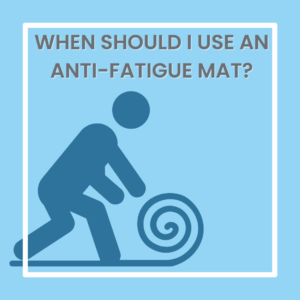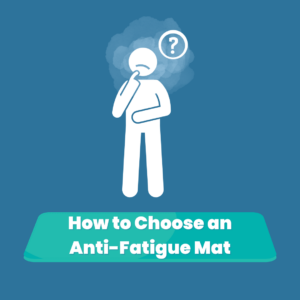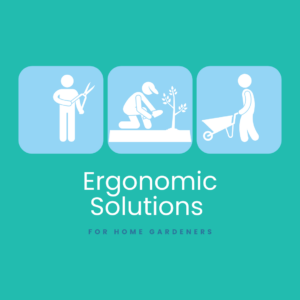Updated: Apr 13, 2023
Stretches to Reduce the Risk of Carpal Tunnel Syndrome
Carpal Tunnel Syndrome (CTS) affects 1 to 3 people per 1,000 each year in the United States. More people in the age group of 40-60 years are affected by CTS compared to any other age group. It is also ten times more common in females compared to males. For more information about CTS, refer to Ergonomics and Carpal Tunnel Syndrome.
This blog has been designed to provide stretches for those who would like to decrease their risk of getting carpal tunnel syndrome. Some of the benefits of stretching include helping to decrease your risk of injuries, improving blood flow, and allowing your muscles to work most efficiently.
As a reminder, do not complete any of these stretches if they cause pain. Talk to your healthcare provider first if you have a compromising health condition. Below are three stretches with directions that would be ideal for dental workers.
Stretches and Exercises
The stretches and exercises below are designed for optimal outcomes. If you are not able to complete all sets and repetitions due to time constraints, just remember that some stretching is better than none.
-
Finger and wrist extension.
-
- Extend your fingers and both hands and splay your fingers outward.
- Bring both hands together, close to your chest, and press them into one another, similar to a prayer position.
- Elevate elbows toward the ceiling to help extend wrists.
- Hold this position for a count of 10 or complete 10, 1-2 second pulses.
-
Lateral neck flexion with unilateral elbow and wrist extension
-
- Relax your shoulders down and back.
- Tilt your head to the right so your ear is close to your right shoulder. Do not rotate your neck.
- Extend your left arm to the left.
- Extend your left hand for an additional stretch.
- Hold this position for a count of 10 or complete 10, 1-2 second pulses.
- Repeat these movements on the opposite side.
-
Tendon Glide Exercises
This exercise is a series of movements. Each motion can be held for a count of 1-2 seconds before moving on to the next step.
-
- Hold your hand in front of you with your wrists in a neutral position and elbows bent. Keep your arms parallel to your body.
-
- Curl your fingers down into your palm so the tips of your fingers are close to touching the top of your palm.
-
- Curl your fingers down further to make a complete fist and allow your thumb to curl over your fingers.
-
- While keeping your MCP joints (ones where your fingers meet your palm) bent, extend your fingers so your hand looks like an upside down “L”.
-
- In addition to bending your MCP joints, now also bend your next level of finger joints, called your PIP joint. Your finger joint at the end of your fingertips should still be straight so your hand now looks like an upside down “U”. Move your thumb to the side of your hand so your fingertips can touch the base of your palm.
-
- Repeat step 1.
-
- Tendon glide exercises can be completed 5 times per day, up to 3 sets.
Check out our YouTube video below for a visual representation of the blog!
*Disclaimer*
Not all exercise is suitable for everyone. Please be advised that there are risks involved in participating in any exercise program. The instruction and advice presented here are in no way a substitute for medical counseling. Please consult with your doctor to determine if you are healthy enough to exercise.
To ensure your safety and obtain the maximum benefits of this program, do not force any of the exercises. Some of the stretches are extreme. Please go gently and be careful getting into them. If you feel pain, stop. DBA: Alter Ergo, assumes no responsibility for injuries suffered while practicing the techniques in this blog and video. Users perform the exercises at their own risk.
Jul 8, 2024
Jun 10, 2024



